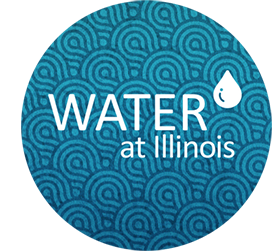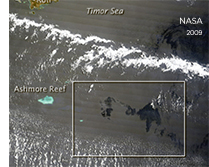Abstract: Founded in 1915, Carus Corporation is an environmental services company located in LaSalle, Illinois that manufactures a range of products for municipal and industrial markets. The site currently uses approximately 1,360 gallons of water per minute daily. This is equivalent to 1,958,400 gallons per day or 675 million gallons per year, based on 345 days of operation. In 2014, they were charged $0.798 per 100 cubic feet of water used, including the city′s 5% utility tax. In 2015, the company began a new water contract with the city that increased their water usage rate to $1.145 per 100 cubic feet. If they continue to use water at their 2014 rate, they would spend $1,033,725, which as an increase of $312,962. Their goal was to develop a plan to reduce current water usage by utilizing spent non−contact cooling water from their crystallizer hot well to feed their water softeners in the boiler house. Previously,they had used raw city water to feed the softeners, which consume approximately 100 gallons of water per minute. Factoring in the increased cost of the new contract, they saved $86,600 to $120,200 per year and reduced their water usage by 56.6. to 65.6 million gallons.






 ISTC Director Kevin O’Brien will be chairing a new session titled “Sustainable Solutions for the Power and Industrial Sector” at the upcoming
ISTC Director Kevin O’Brien will be chairing a new session titled “Sustainable Solutions for the Power and Industrial Sector” at the upcoming 

